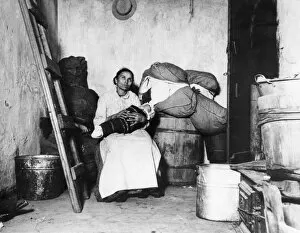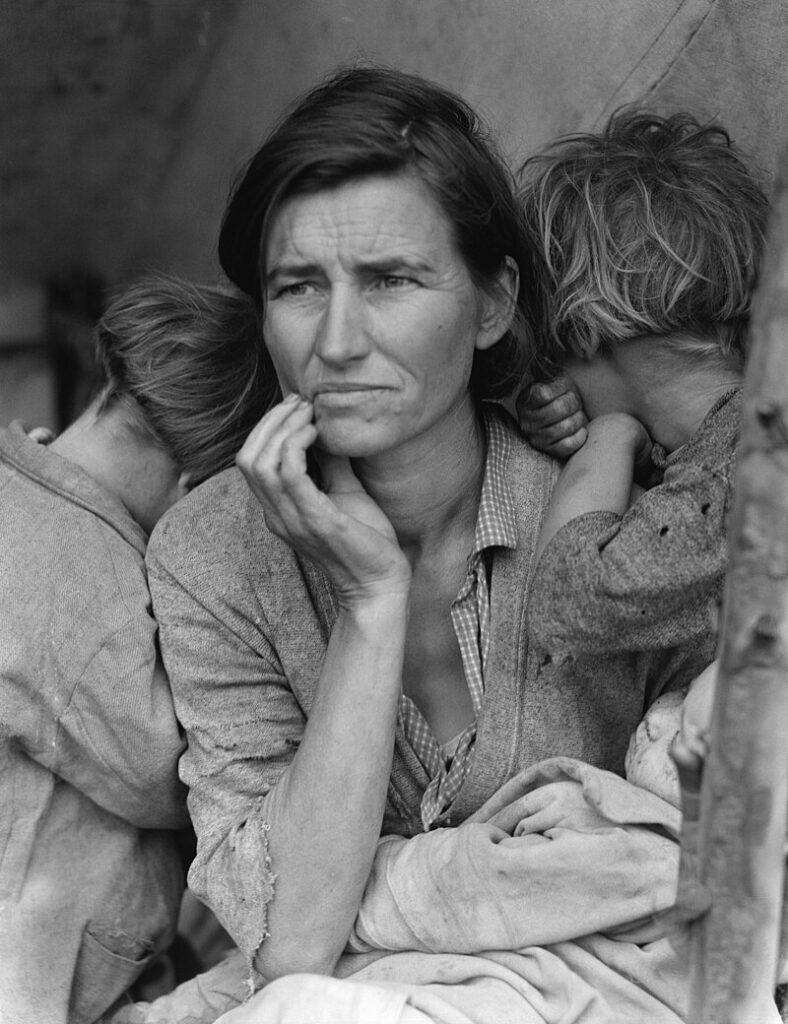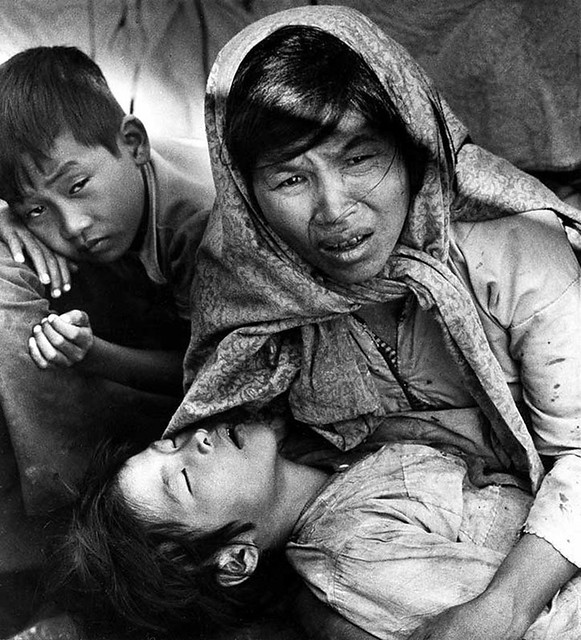PHOTOJOURNALISM BY LIZZET

“Mother and Child” by Jacob Riis, circa 1890
The tender moment between the mother and child The contrast between the poverty stricken surroundings and the warmth of the momen. The way Riis captures the humanity and dignity of the subjects despite their difficult circumstances. The light source appears to be natural, coming from a window or outside. The direction is likely from the side or above, creating a soft and gentle illumination. The Decisive Moment is a term coined by Henri Cartier-Bresson, referring to the perfect moment to capture a photo. In this case, Riis may have captured the Decisive Moment by freezing the intimate and tender interaction between the mother and child. The photo’s ability to evoke emotions and empathy in the viewer. The way it humanizes the subjects and raises awareness about poverty and social issues. The composition, lighting, and moment captured all contribute to its greatness. Riis was a social reformer and journalist, which gave him access to these communities and situations. He may have built trust with the subjects, allowing him to capture this intimate moment.

“Migrant Mother” by Dorothea Lange, 1936 (Library of Congress)
The emotional intensity and depth of the subject’s expression. The way Lange captures the subject’s strength and resilience despite her difficult circumstances. The simplicity and directness of the composition. The light source appears to be natural, coming from the side or above. The direction of the light creates a sense of depth and emphasizes the subject’s facial expression. Lange may have captured the Decisive Moment by freezing the subject’s poignant expression. The photo’s ability to evoke emotions and empathy in the viewer. The way it humanizes the subject and raises awareness about the Great Depression and migrant workers’ struggle. The composition, lighting, and moment captured all contribute to its greatness. Lange was working for the Farm Security Administration (FSA), documenting the lives of migrant workers and rural poverty. She may have built trust with the subject, allowing her to capture this intimate moment.

“Vietnamese Refugees Fleeing from Quang Ngai” by Eddie Adams, 1968 (AP Images)
The sense of urgency and desperation conveyed by the subjects’ body language. The way Adams captures the human cost of war and conflict. The composition, which draws the viewer’s eye to the subjects’ faces and emotions. The light source appears to be natural, coming from the side or above. The direction of the light creates a sense of depth and emphasizes the subjects’ expressions. Adams may have captured the Decisive Moment by freezing the subjects’ desperate flight, conveying a sense of chaos and fear. The photo’s ability to evoke emotions and empathy in the viewer. The way it humanizes the subjects and raises awareness about the impact of war. The composition, lighting, and moment captured all contribute to its greatness. Adams was a war correspondent and photographer, embedded with US troops in Vietnam. He may have been present during the evacuation of Quang Ngai, allowing him to capture this moment.





